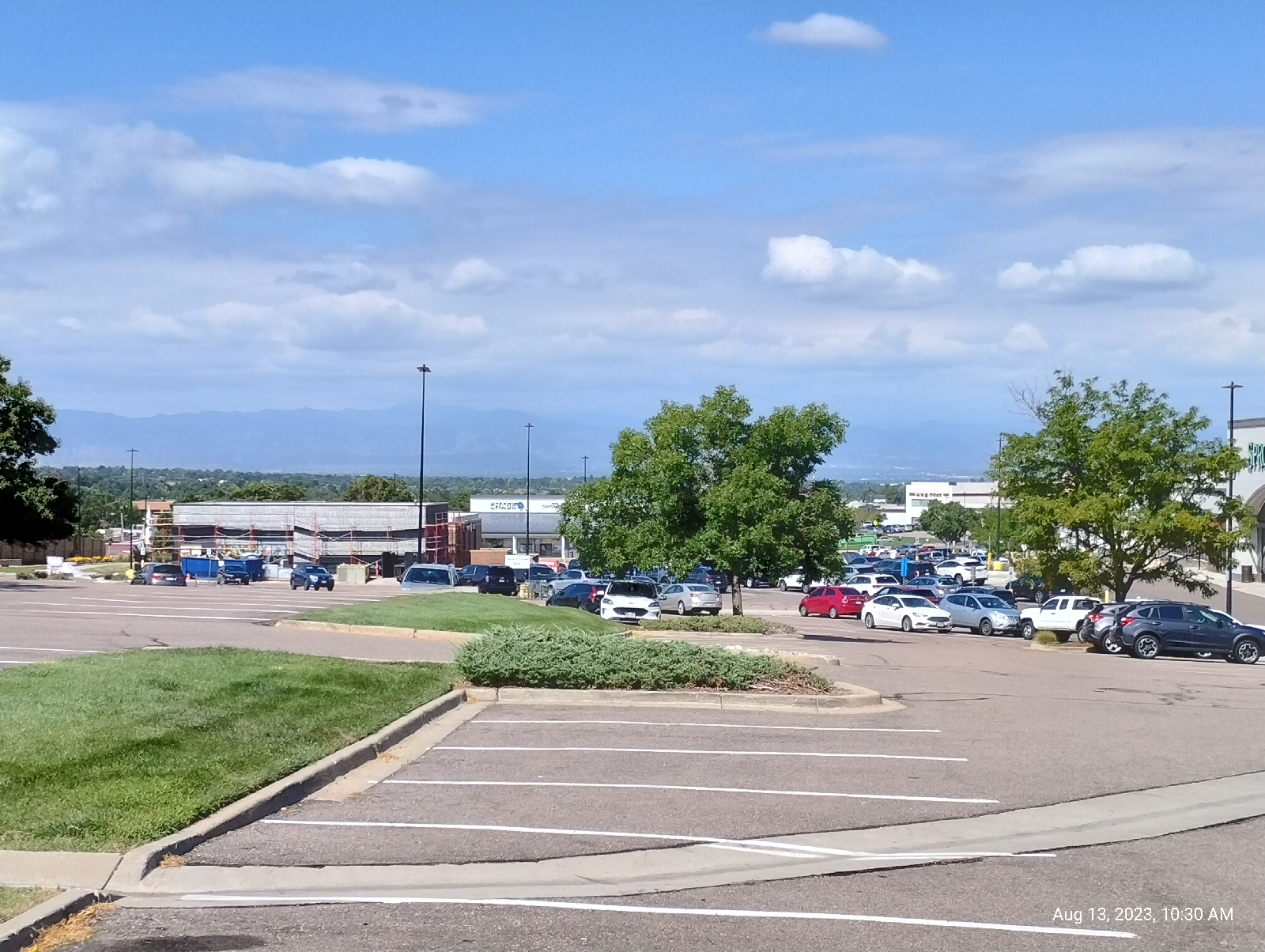Did homo sapiens (scientific name for humans) appear in different places on Earth. Hints reappear from time to time that they might have but, fossils being what they are-rare and elusive- evidence is not conclusive.
From all that we know, humans are a very new addition to the Americas. Humans were established in North and South America by 12,000 to 14,000 years ago and may have crossed the Bering land bridge from Asia to the area now occupied by Alaska as early as 26,000 to 19,000 years ago during the last glacial maximum. Again, fossils are rare and hard to interpret because they have to be preserved by very special processes. Hunter gatherer societies did not leave abundant traces like later, more sedentary colonies. When humanity began constructing permanent dwellings and tools, human history shifted from paleontology to archaeology. Instead of looking for bones, we began reading the artifacts left behind.
Lamb Springs, south of Lake Chatfield, has produced the remains of mammoths killed by humans dated at 14,140 to 12,140 years ago, so they were in the area before that time. The earliest natives seemed to stick to the plains but later humans were established in both the plains and the mountains.
By 1700 AD, both the Ute and Apache tribes were settled in this area. The Ute were primarily in the mountains while the Apache were mainly a plains tribe. The. Comanche entered the area in the early 1700s and banded with the Ute to drive the Apache south of the Arkansas River, then, in the 1820s, the Arapahoe and Cheyenne moved in and pushed the Comanche south.
The first settlers of European ancestry in the area were gold prospectors from Georgia. In fact, the early settlement that became Denver was named Auraria after the Georgia town of the same name. Gold prospectors entered the area on the way to California after the Sutter's Mill strike and found some gold in the South Platte River and it's tributaries. Towns like Montana City and Petersburg sprang up but the gold wasn't as forthcoming as the prospectors expected. Still, people settled in to farm the land in places like Arvada and what is now West Denver.
If you spend much time in Denver, you'll eventually encounter the name "Little Raven". That was the name of a Southern Arapahoe chief who established peaceful relations with the first European settlers to enter the area.
The Pike's Peak gold rush commenced in 1859 bringing thousands of settlers into the Colorado territory. In 1862, engineer Richard Sullivan Little brought his wife Angeline and built the Rough and Ready flour mill, establishing the town of Littleton in 1867, which was incorporated in 1890. Both Littleton and Little Dry Creek are named after the Little family.
Centennial is a recent addition of Arapahoe County. It was established February 7, 2001. Walnut Hills was incorporated much earlier in 1965.
Big history is the history of everything. We are the outcome of everything that has gone before us. Carl Sagan said that, "we're made of star stuff," and he meant that literally. Everything is.
Everything has a big history... your town, yourself. I had a genetic trace done several years ago. My ancestors originated in Africa (like every other hominids on Earth) and left with a handful of others, probably during a time of drought). It's rather miraculous that they survived to exit the continent. Their descendants traversed the passes of the Caucasian mountains and entered Europe about 45,000 years ago, likely following migrations of large game animals like bison. My ancestors obviously included Neanderthal...most hominids today are sapiens hybrids.
During the last of the last ice age, about 20,000 years ago, my people were in the Balkans, as soon as they could, migrating north. We were in southern France about 15,000 years ago, following the retreat of glaciers, finally settling in the region around the Rhine River.
We were dispersed when the Burgundians took over the region during the One Hundred Year war(s) and returned to our homeland after Germanic regions were returned to earlier inhabitants. We were originally Sahns, but took the name VanZandt from the Burgundians who left the Xanten area.
We were present in upstate New York during the Revolutionary War and later migrated to the Midwest, Oklahoma and Texas, and from there to North Carolina and Georgia, where my mother and father was born.
I came (briefly) from southern Florida before my family returned to our homeland in south Georgia, but my father followed jobs to central Georgia and Alabama. Leaving our home in the mill village of Valley, Alabama, I entered the university at Auburn, Alabama and, after twenty years of college and working through college, I began my career in Selma, Alabama as a vocational rehabilitation specialist. Now I have retired to the Denver, Colorado area, and that is my big history.
What's yours?



































